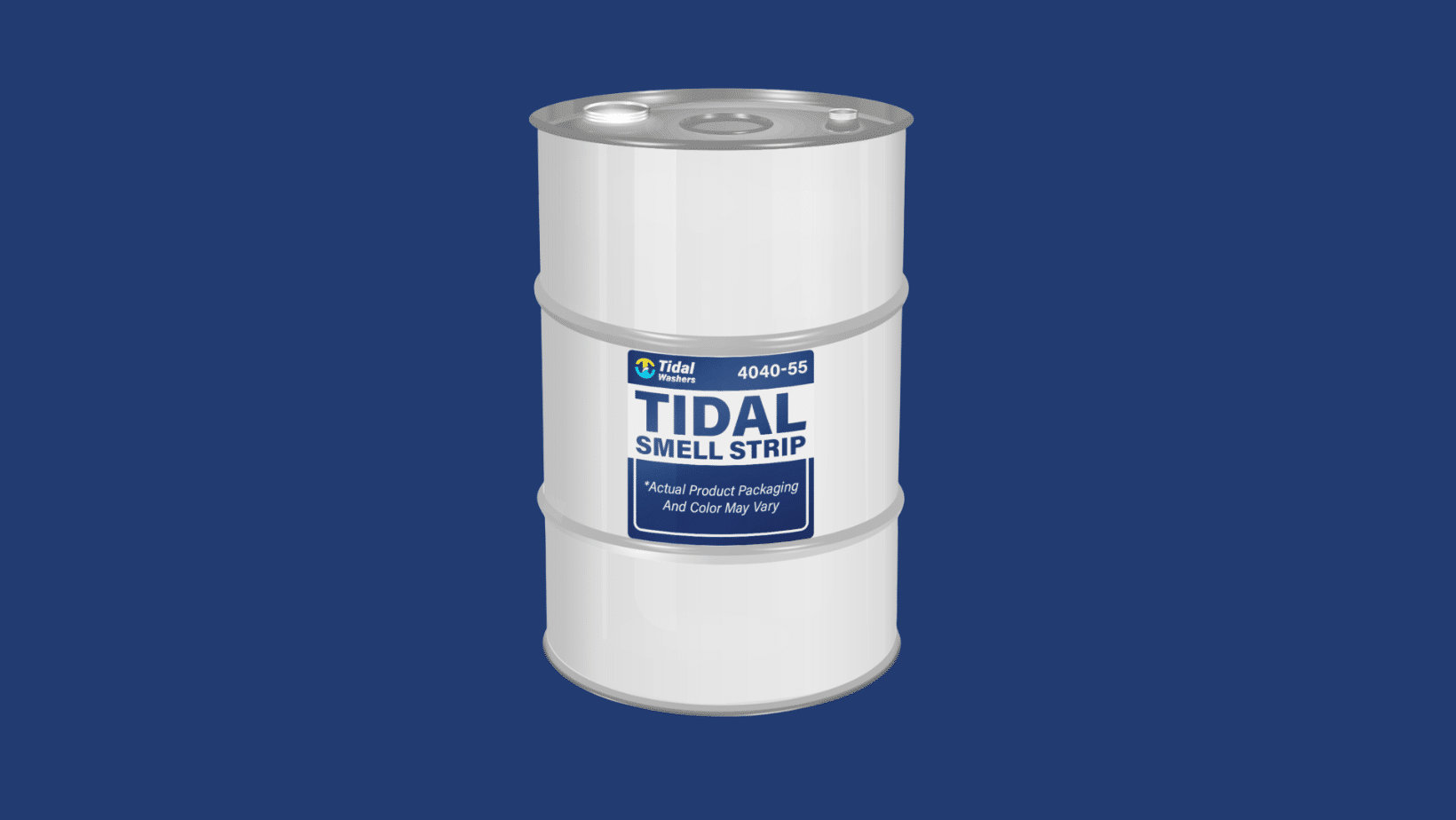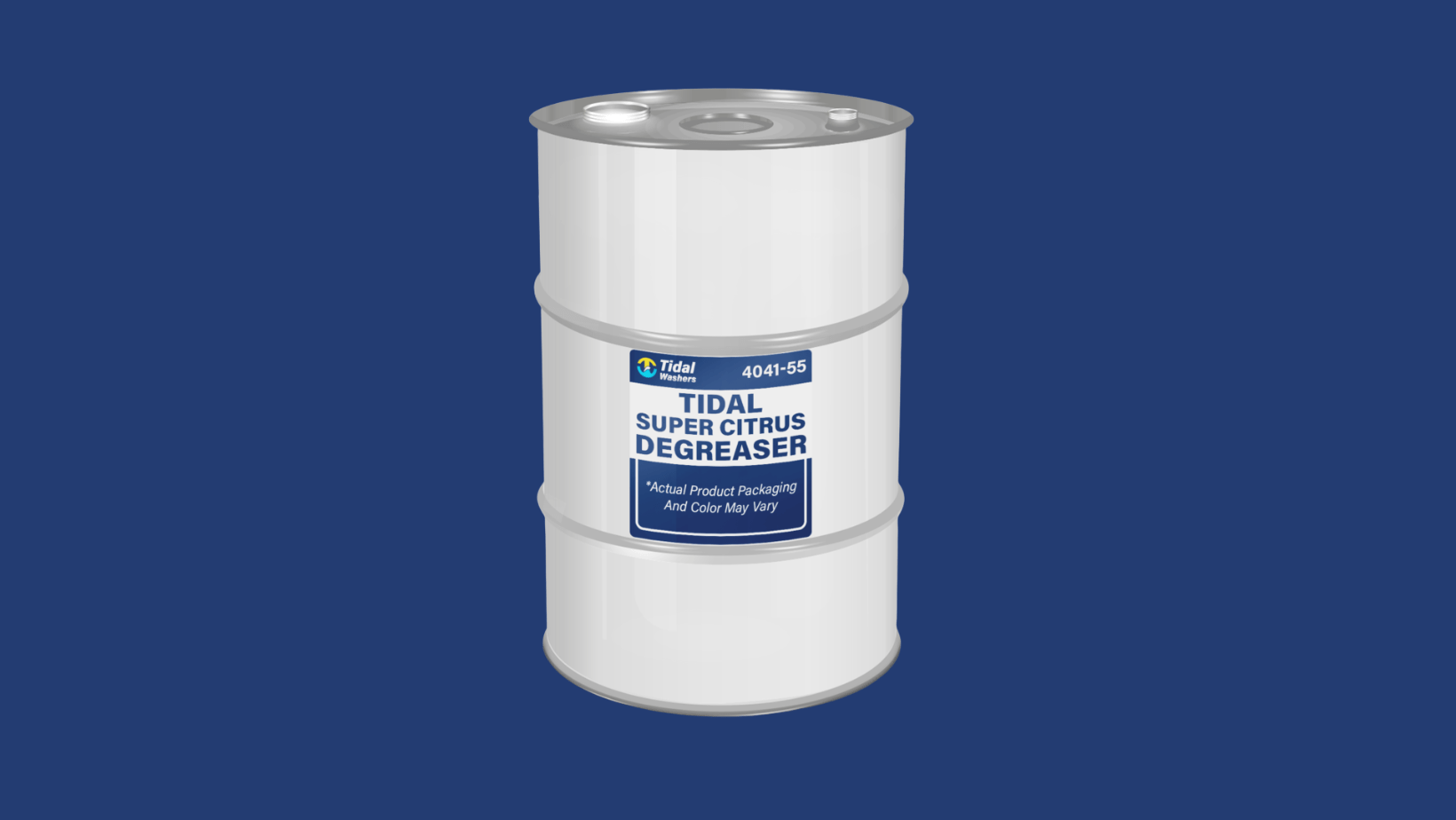If you are part of an industry that utilizes traditional toxic degreasers, you might be looking to make an environmentally preferred change that...
Blog


CHEMICAL INDUSTRY NEWS
Chemical Chat – Discover What’s New!
The Benefits of Tidal Smell Strip
If so, Tidal Smell Strip just might be the product you are looking for! Tidal Smell Strip is a slightly alkaline solution whose primary ingredient...
What are the Reasons for Water Treatment?
Water treatment helps keep the water safe for people, the environment, and industry use by removing harmful toxins and bacteria that may be lurking...
The Benefits of Tidal Super Citrus Degreaser
Tidal Super Citrus Degreaser is an industrial-grade cleaning solution whose main ingredients include citrus extract,...
The Benefits of Tidal Smell Strip
If so, Tidal Smell Strip just might be the product you are looking for! Tidal Smell Strip is a slightly alkaline...
Company News

Managed Services
Discover the Latest in Safe and Sustainable Chemical Solutions
Stay informed with Ecolink’s blog! Subscribe now
Chemical Management Information
Stay updated with us
Sign Up for the Latest Updates
Stay informed about chemical supply chain disruptions and emerging innovations to keep your business at the forefront of efficiency and innovation. Uncover new ways to make your business practices more sustainable by incorporating safer products into your cleaning lineup.


























